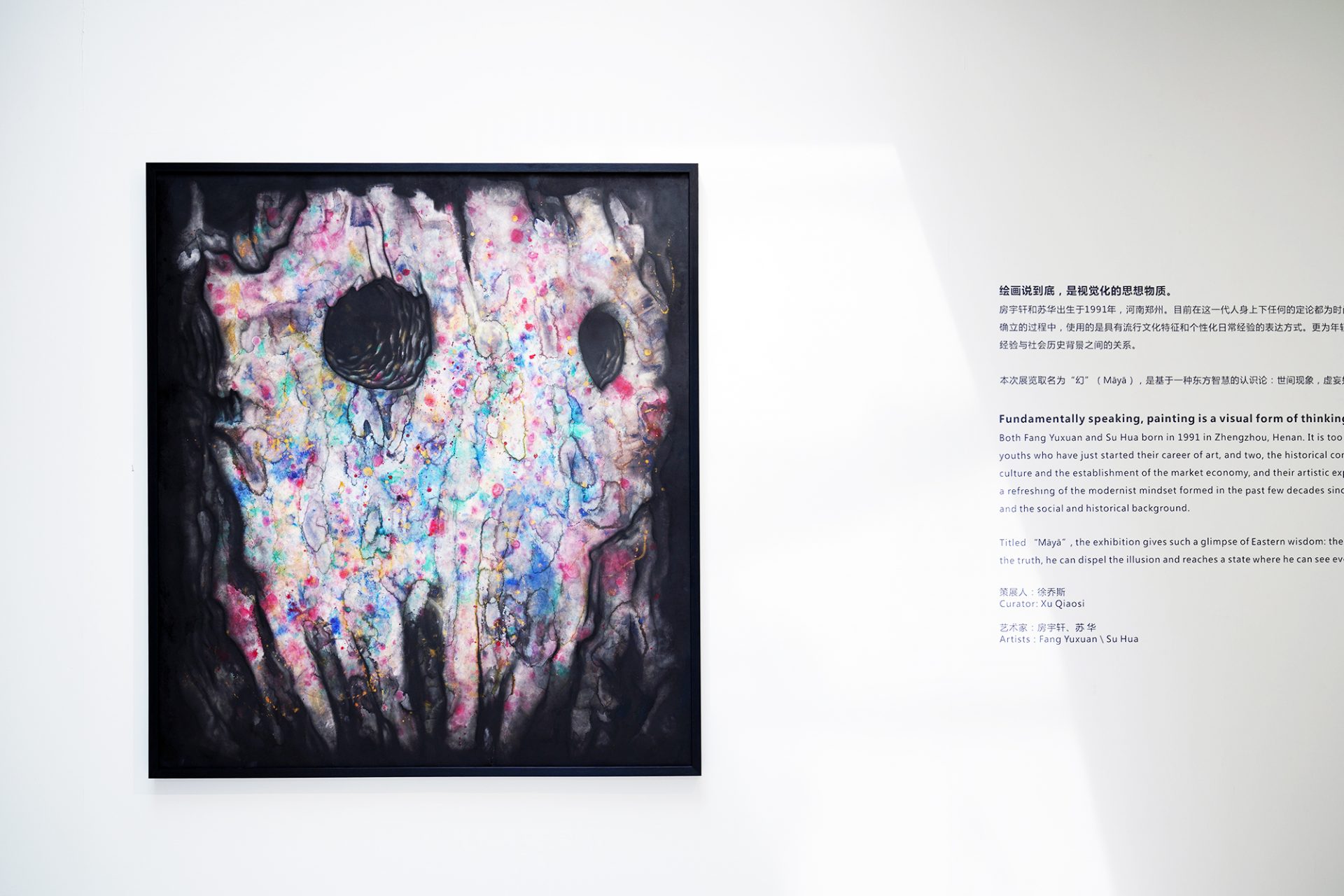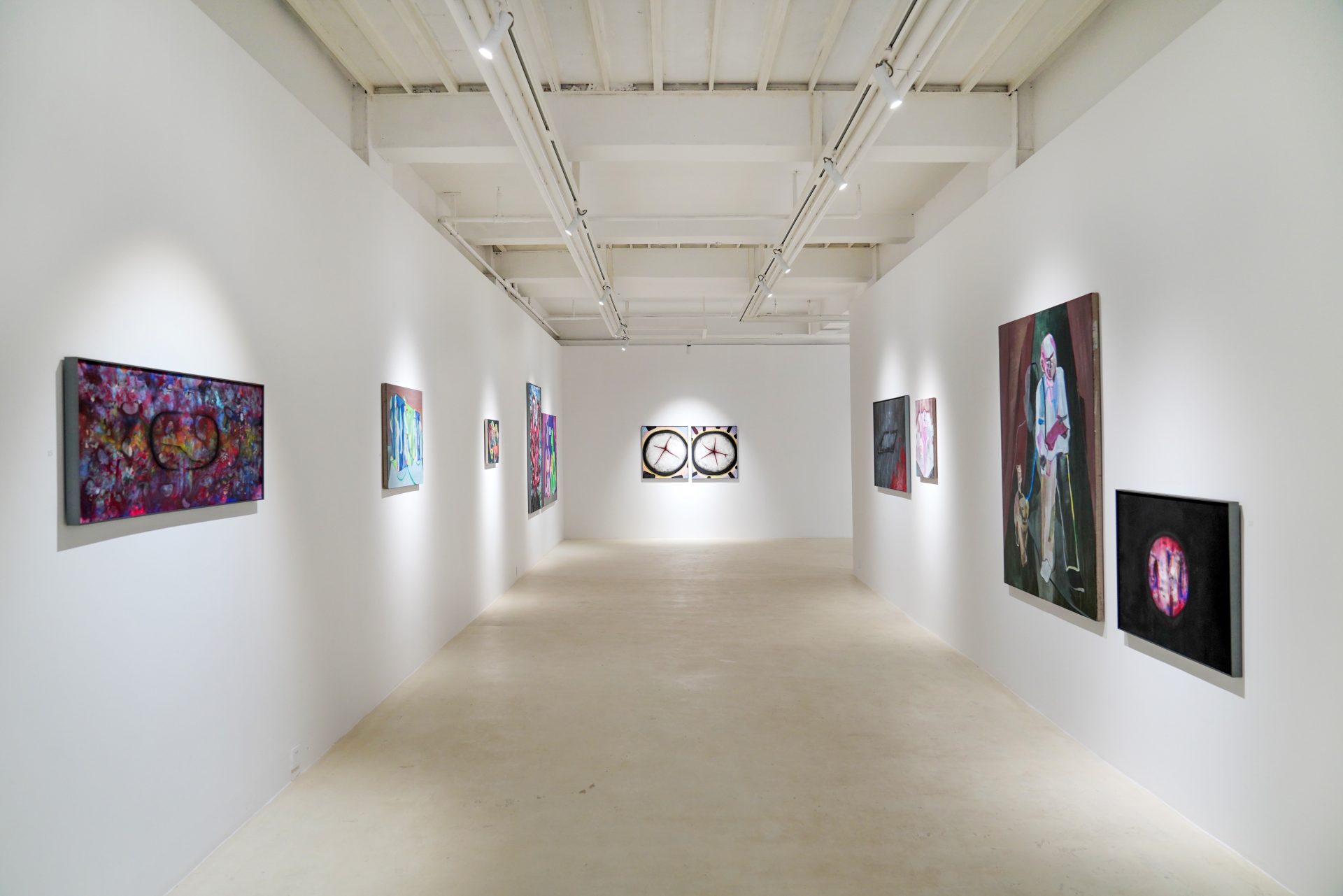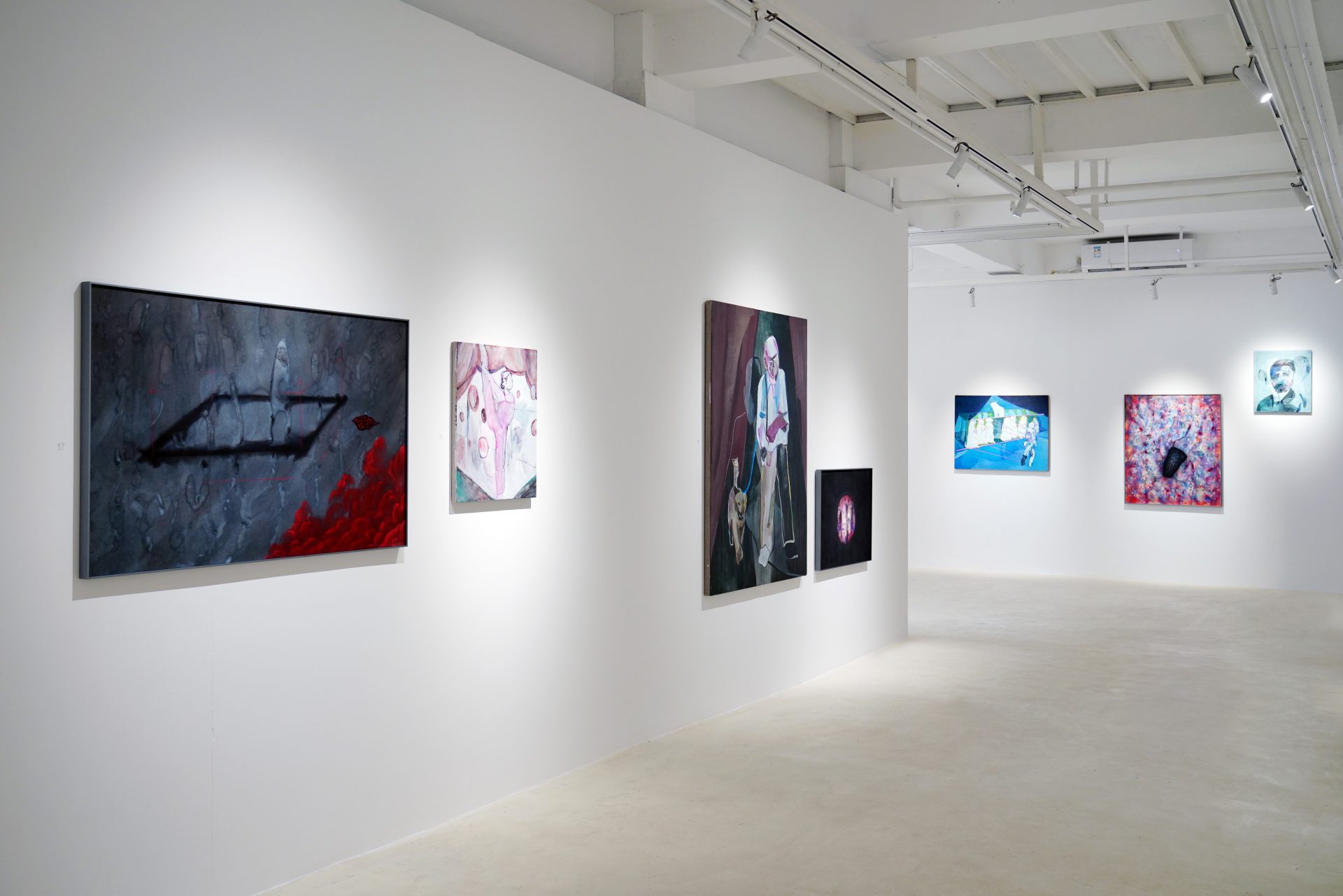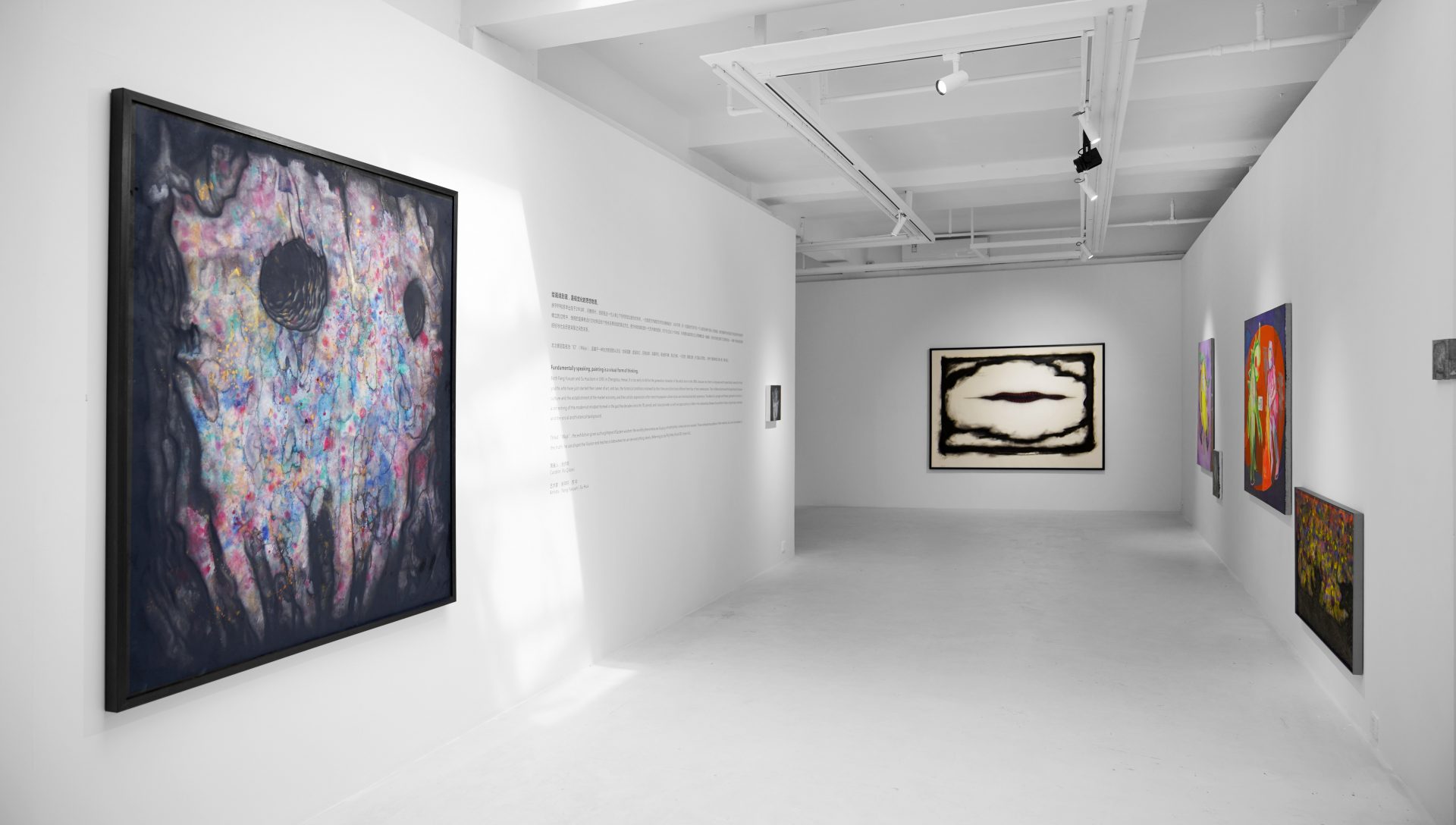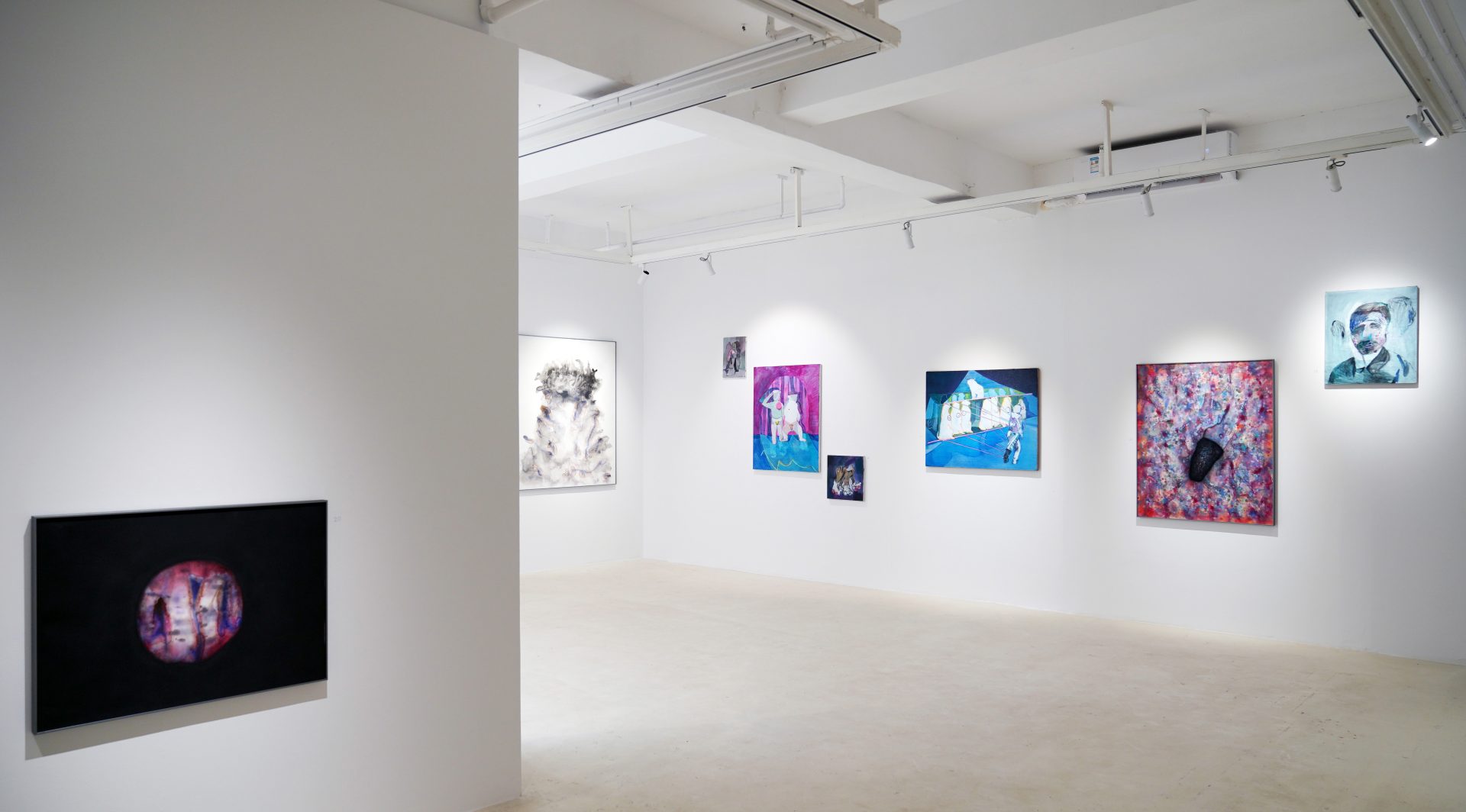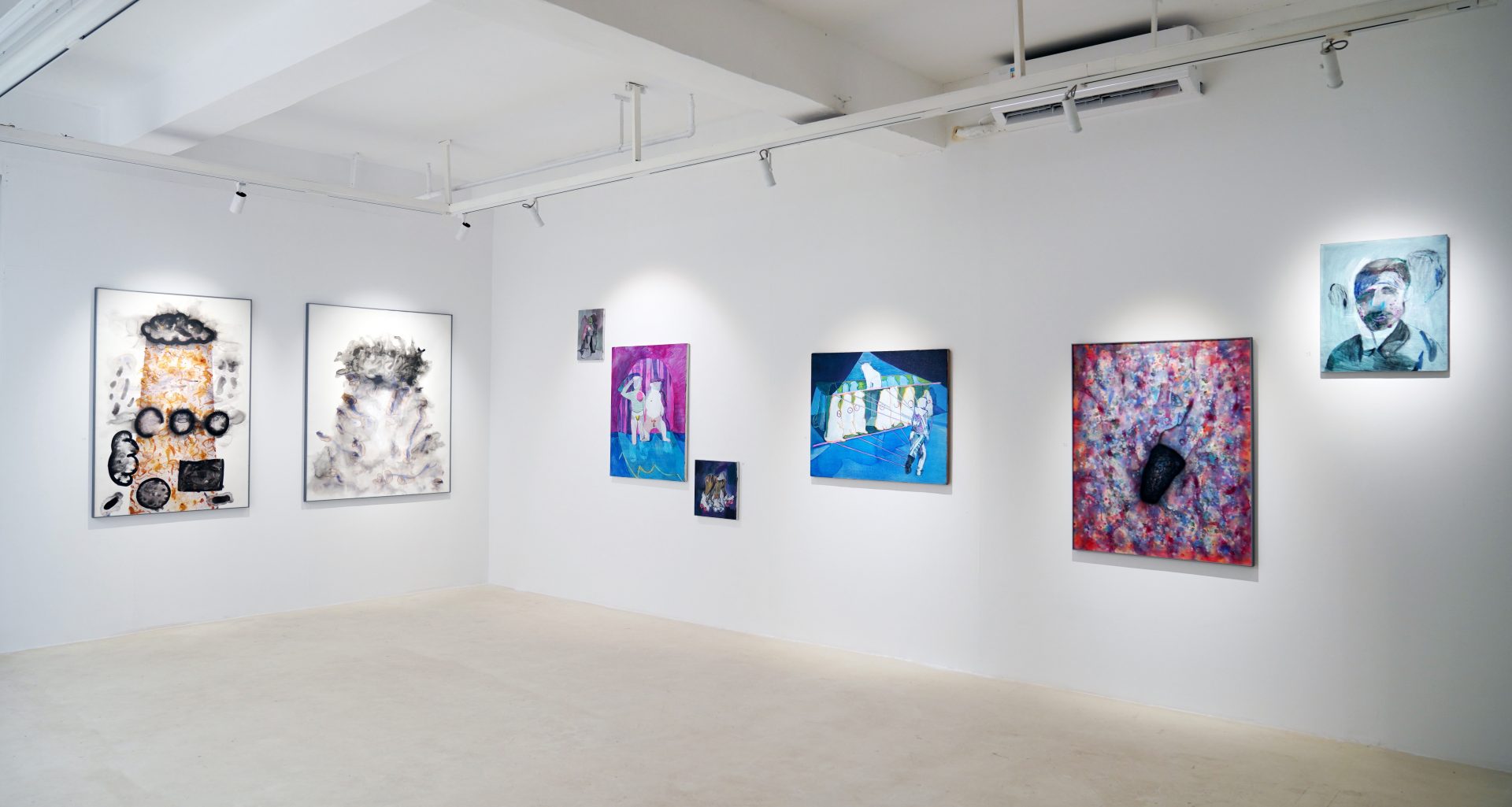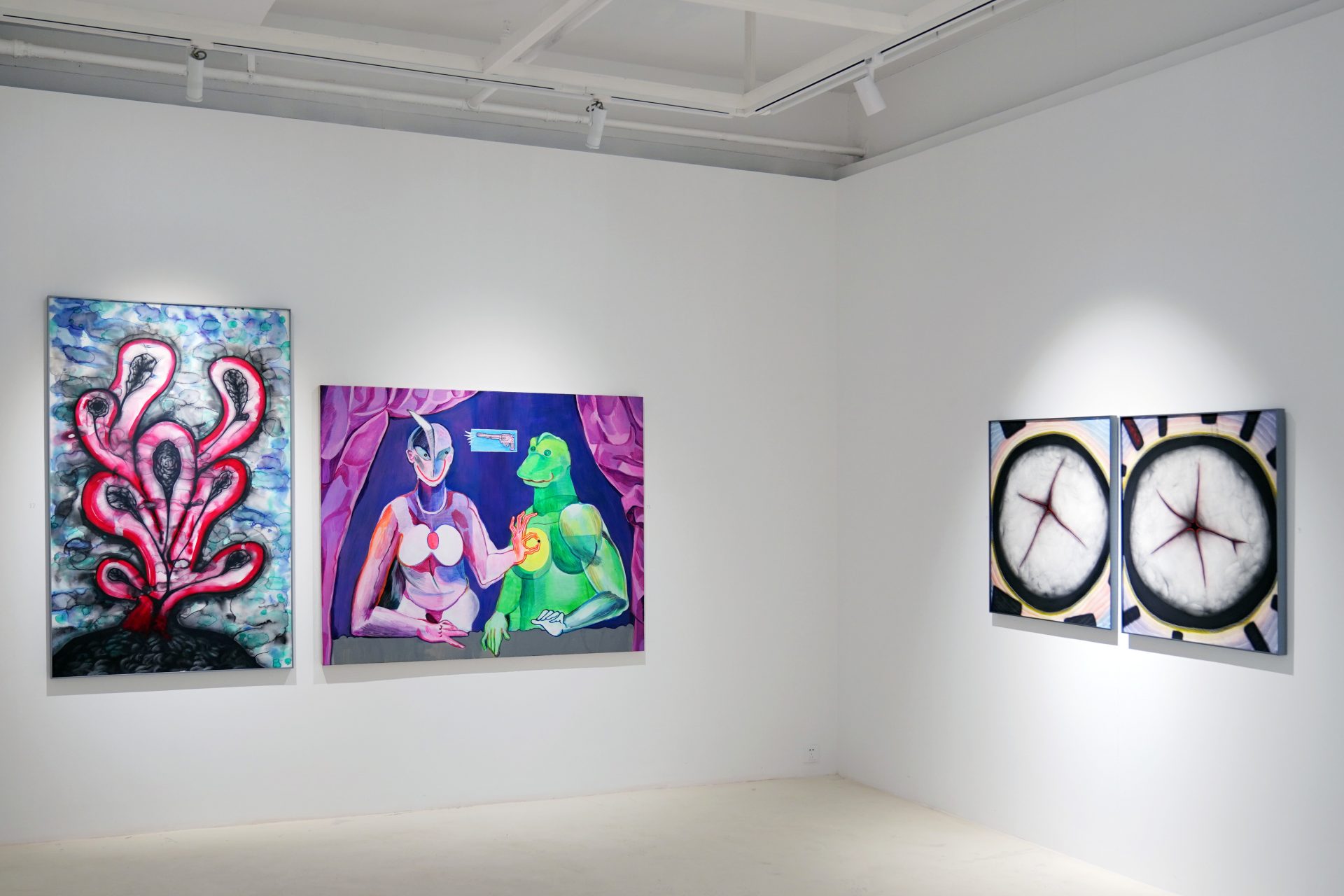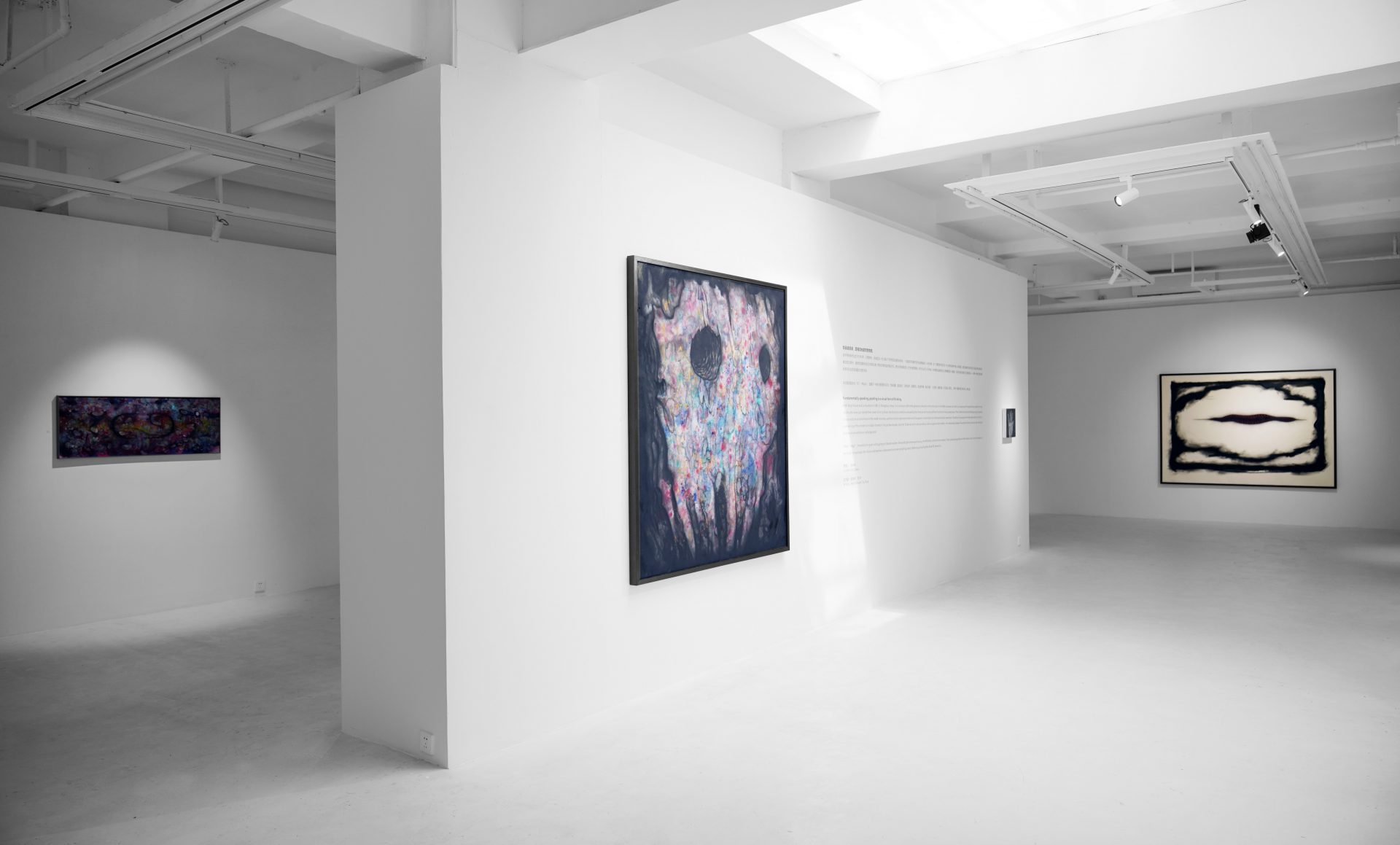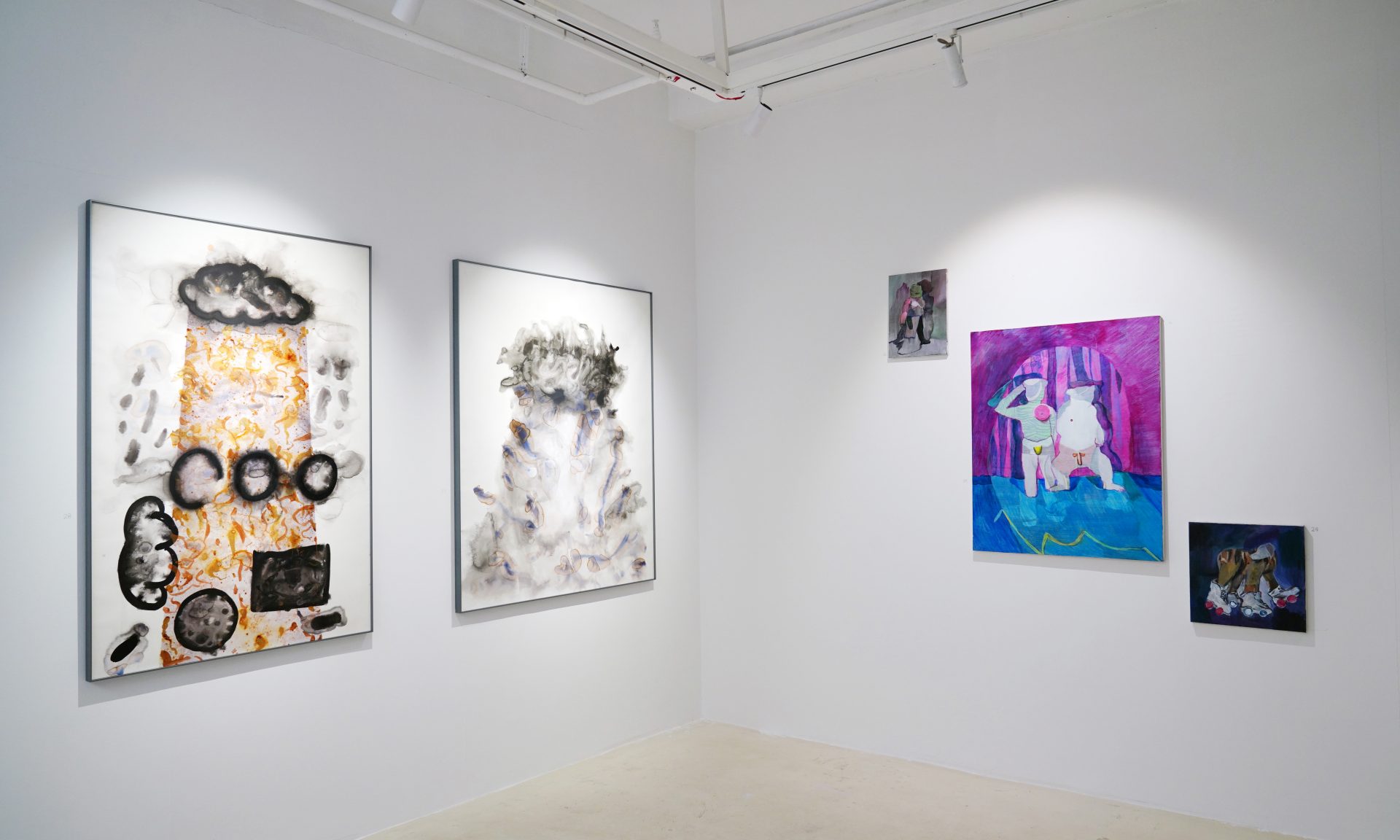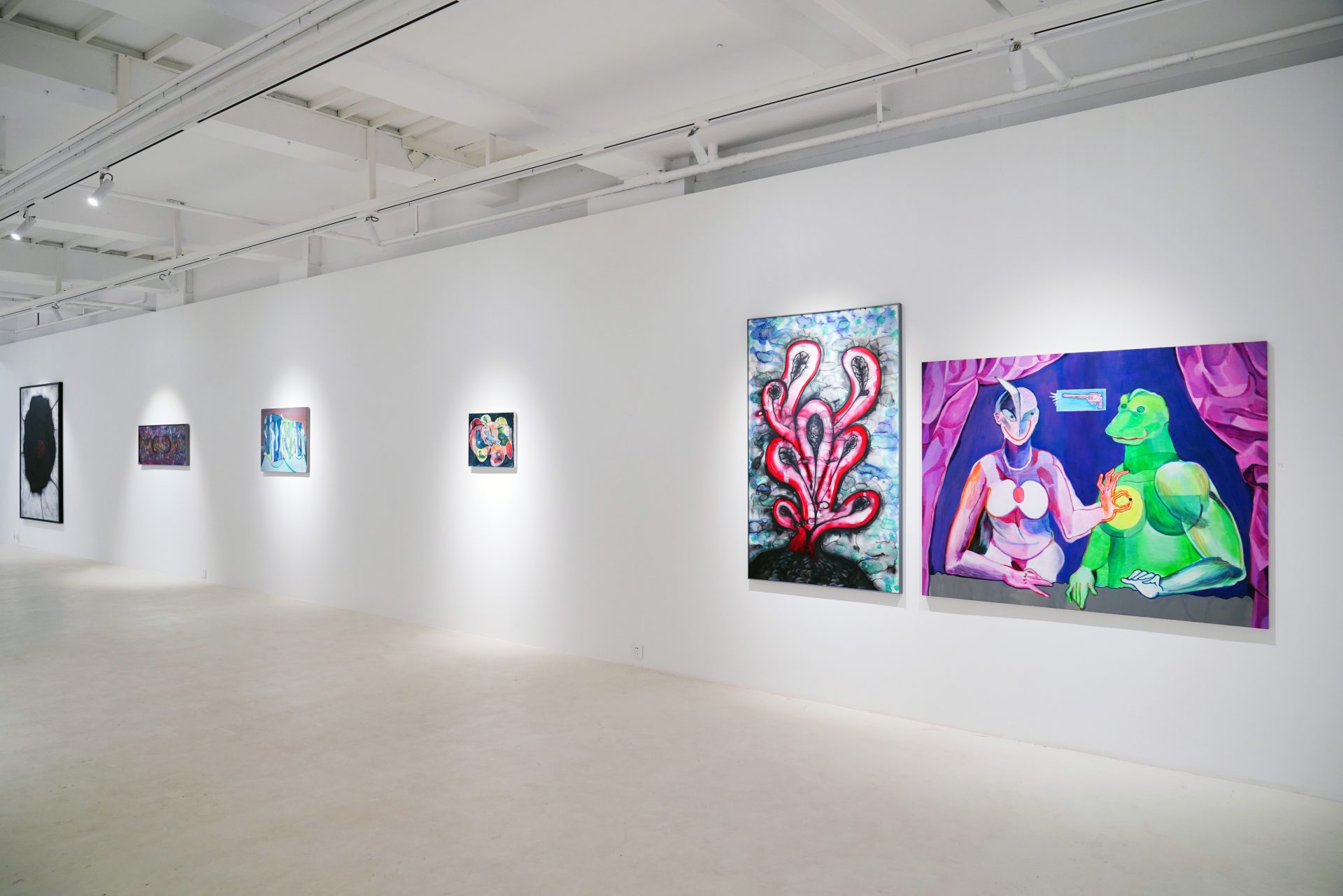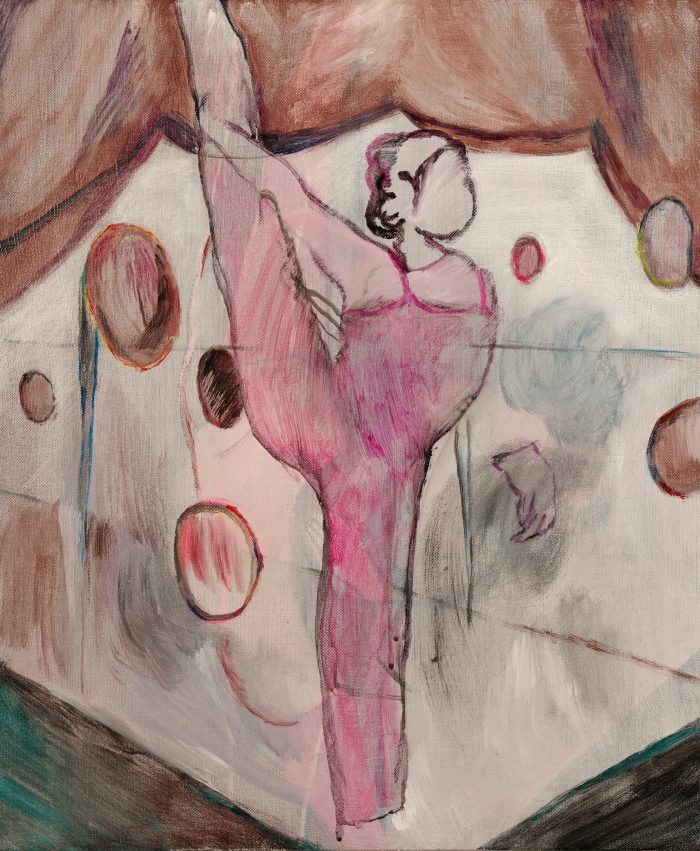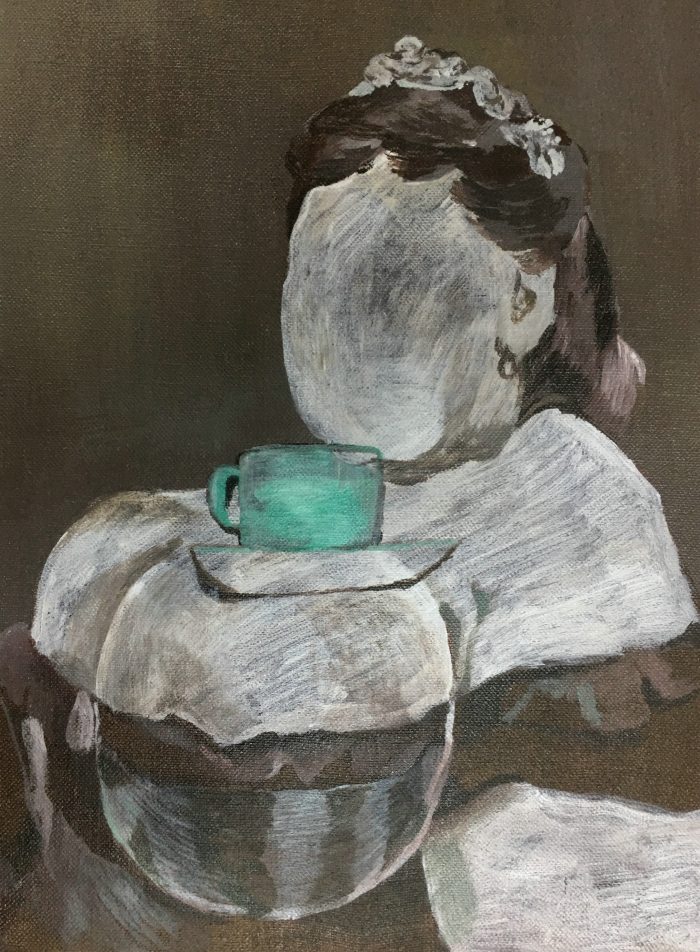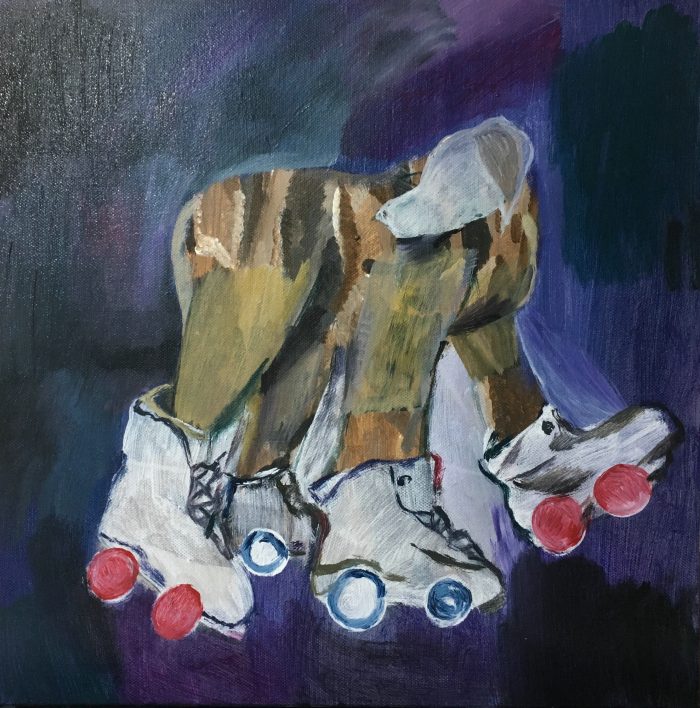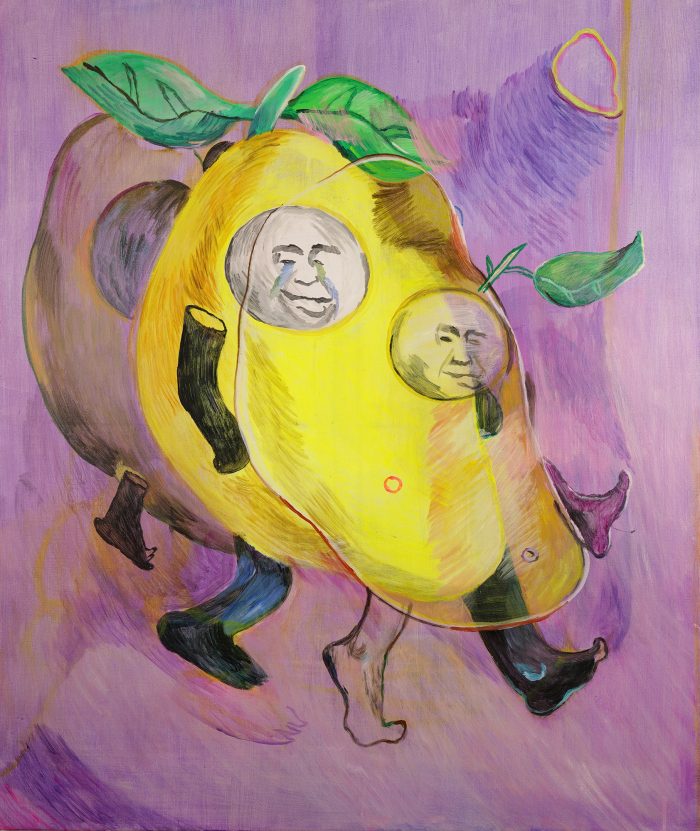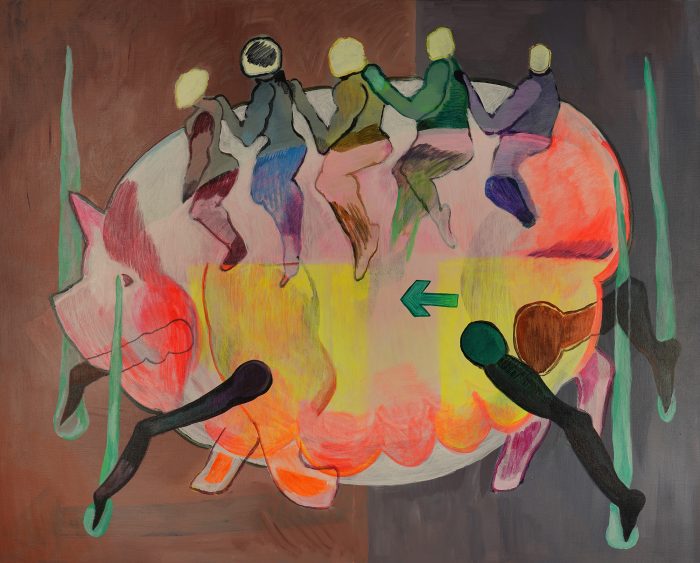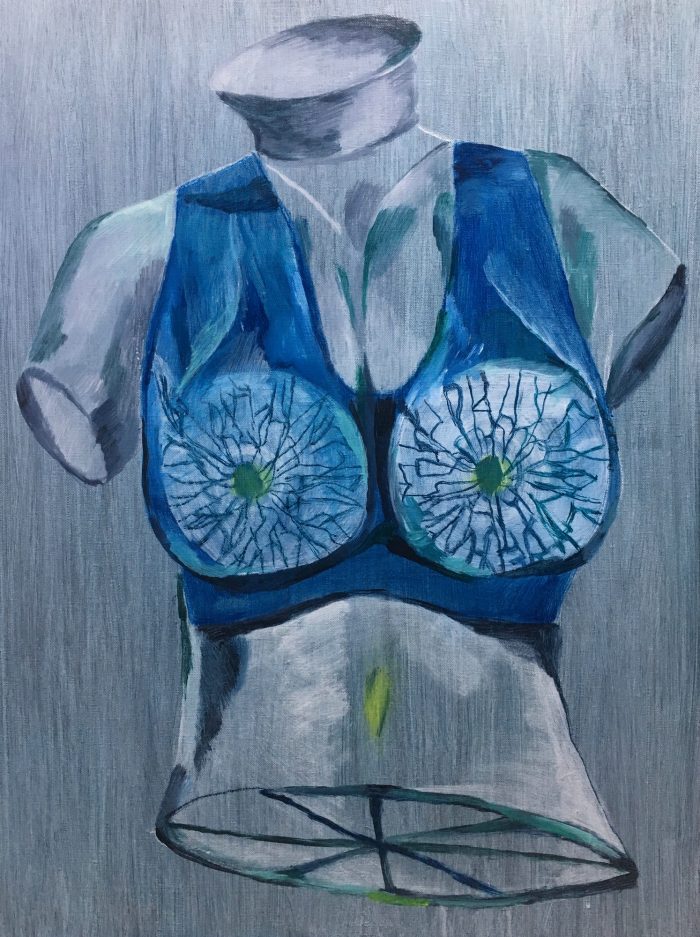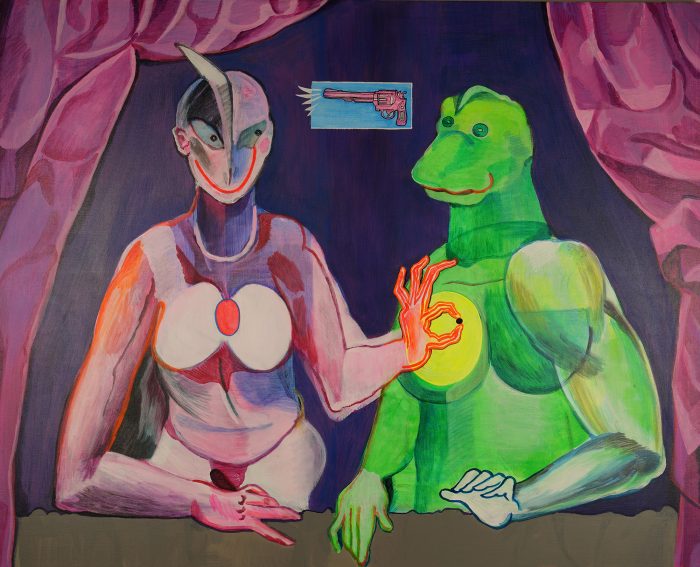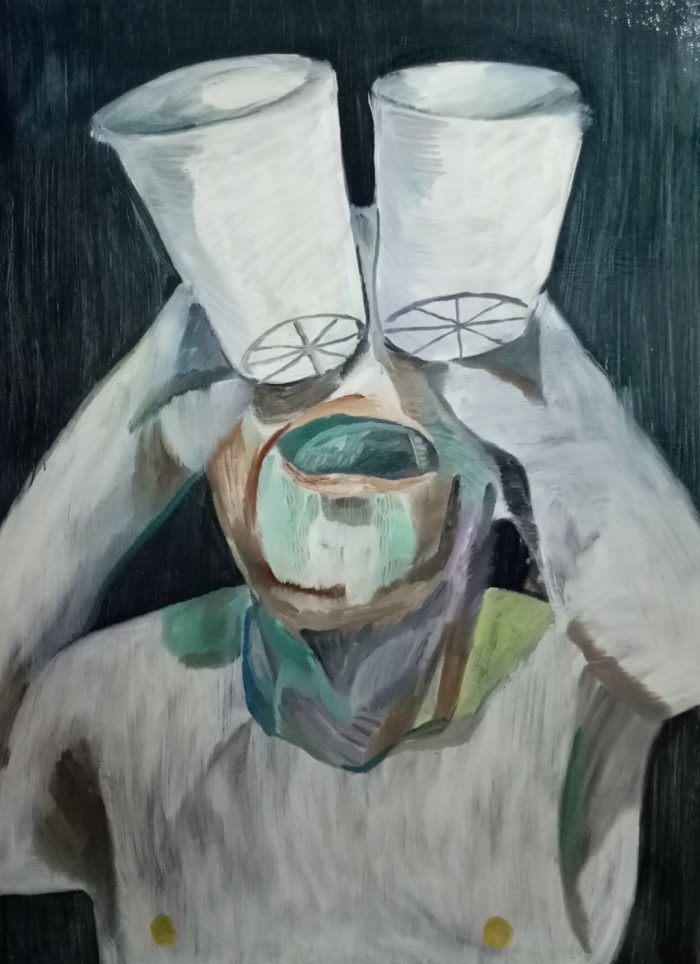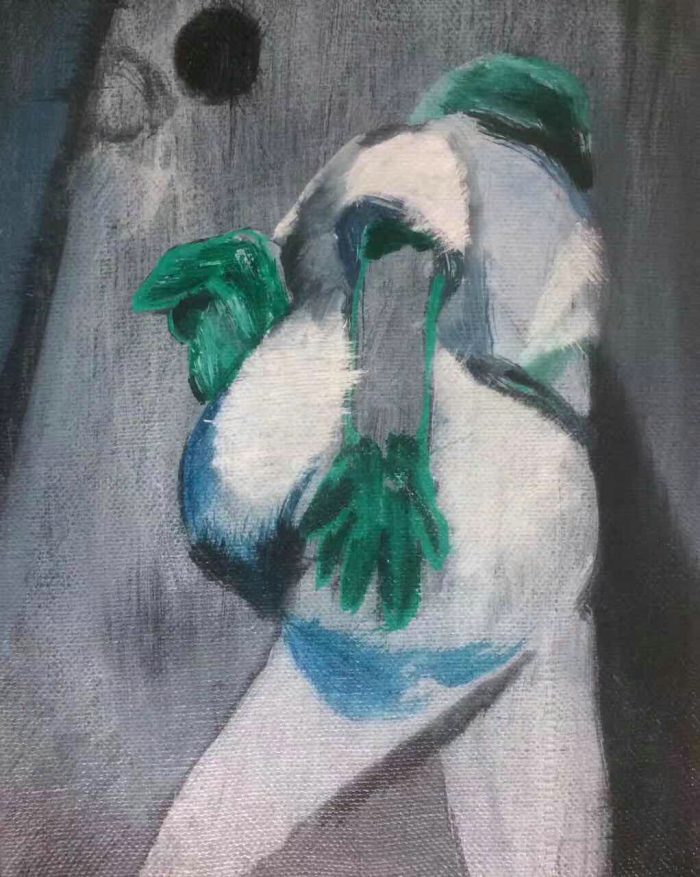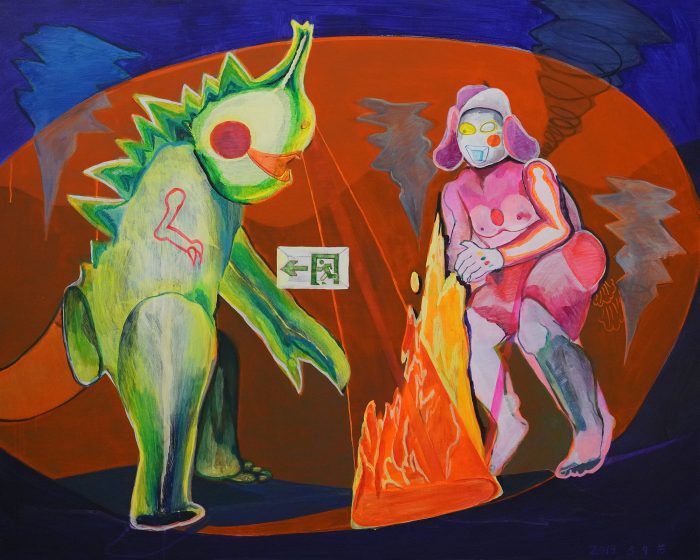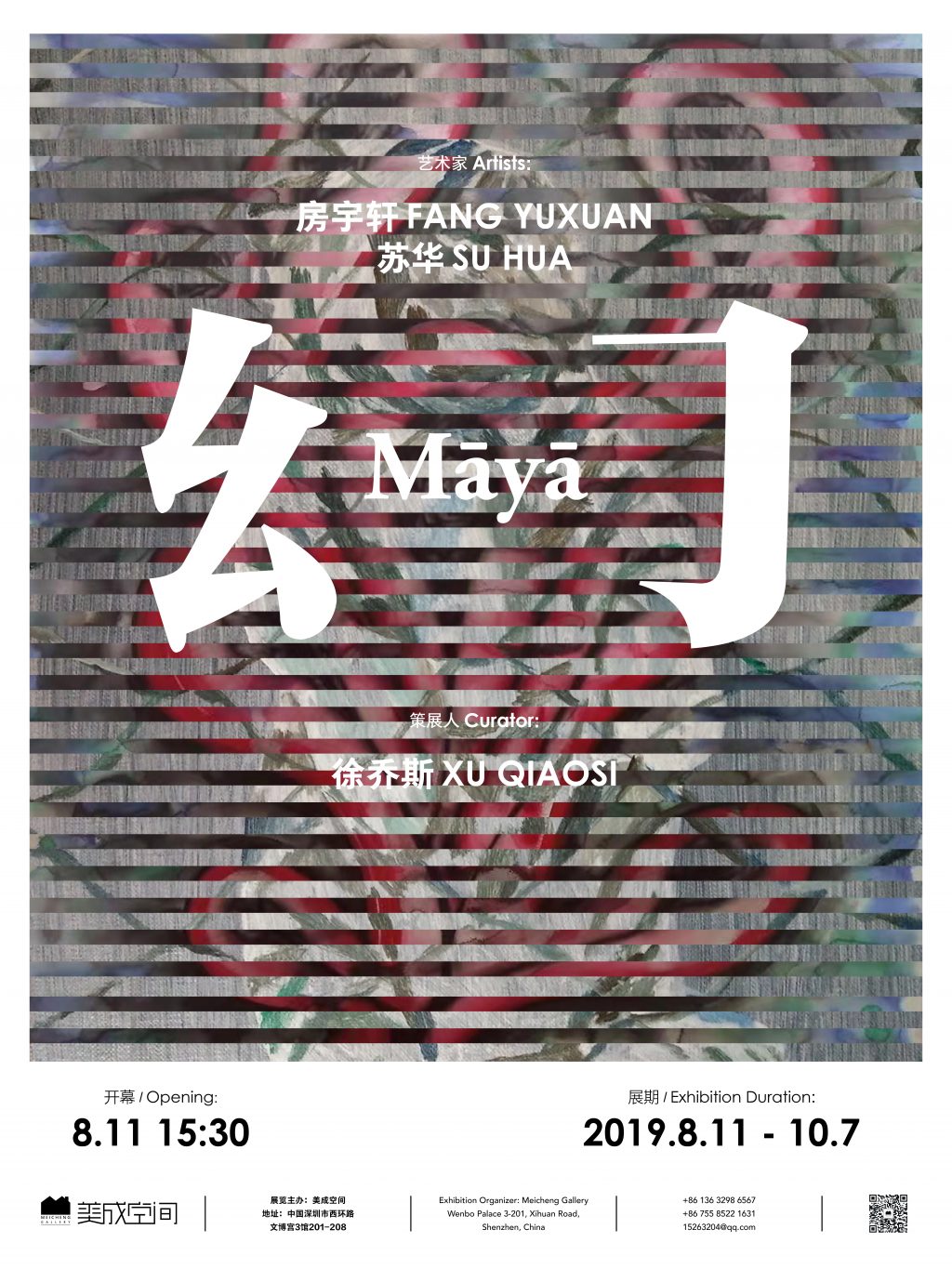
Titled “Māyā”, the exhibition gives such a glimpse of Eastern wisdom: the worldly phenomena are illusory, unsubstantial, unreal and non-existent. Those confused may believe in their realness, but, once one awakes to the truth, he can dispel the illusion and reaches a state where he can see everything clearly.
Both Su Hua and Fang Yuxuan were born in 1991 in Zhengzhou, Henan. It is too early to define the generation character of the artists born in the 1990s, because one, there is a long way worth expectations ahead for those youths who have just started their career of art, and two, the historical conditions endowed by their time are distinctively different from that of their predecessors. They should no longer be asked to “criticize social reality with art” like the artists born in the 1950s and 1960s. The main reason why the latter have been assigned with such a task is that the decades of their youth saw China depressed by political storms. Their childhood witnessed the beginning of popular culture and the establishment of the market economy, and their artistic expressions often resort to popular-culture styles and individualized daily experience. The debut of a younger and fresher generation of artists is a refreshing of the modernist mindset formed in the past few decades since the ’85 period, and it also provides us with an opportunity to reflect—the relationship between the aesthetic history of particular individual and the social and historical background.
